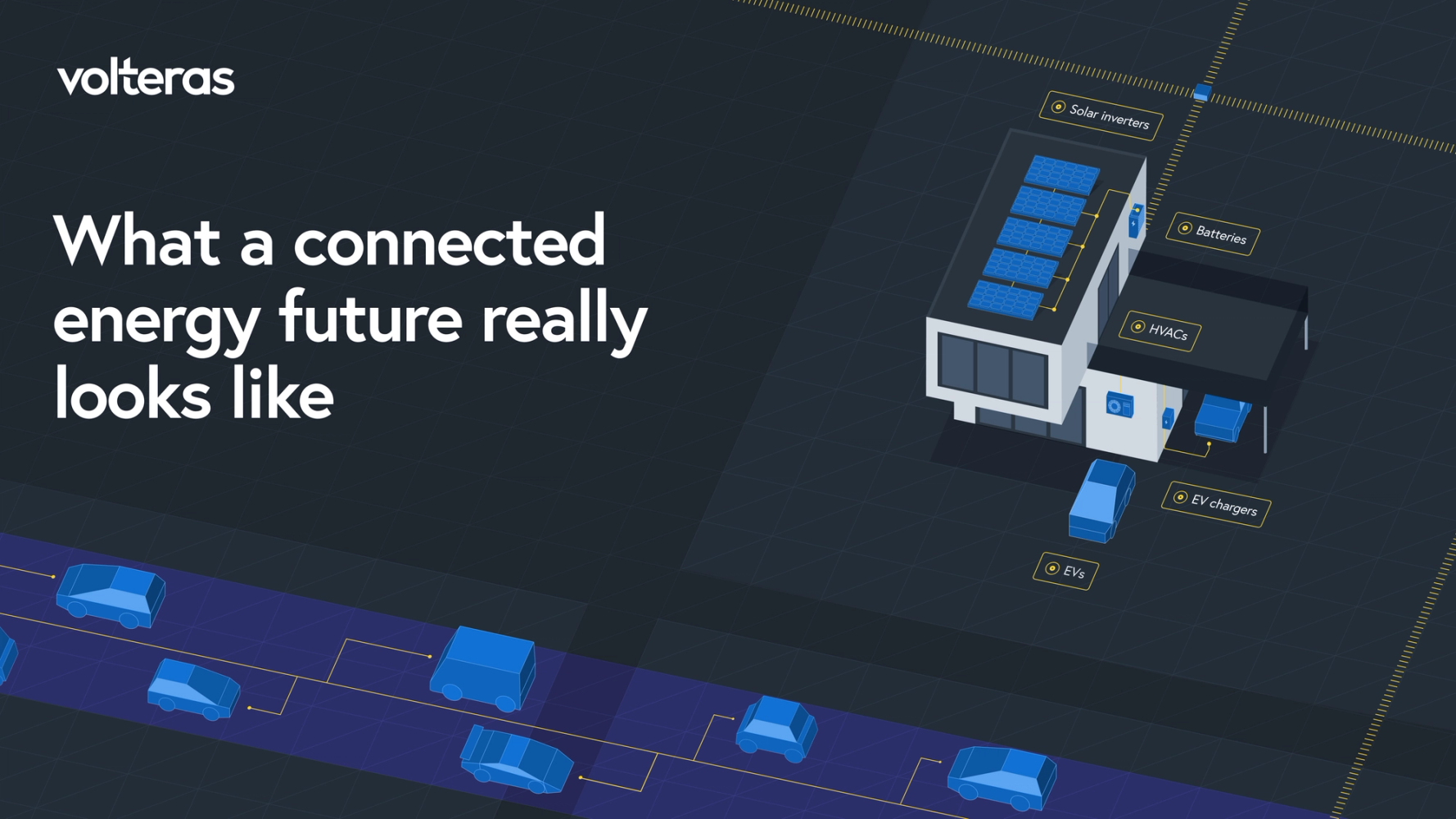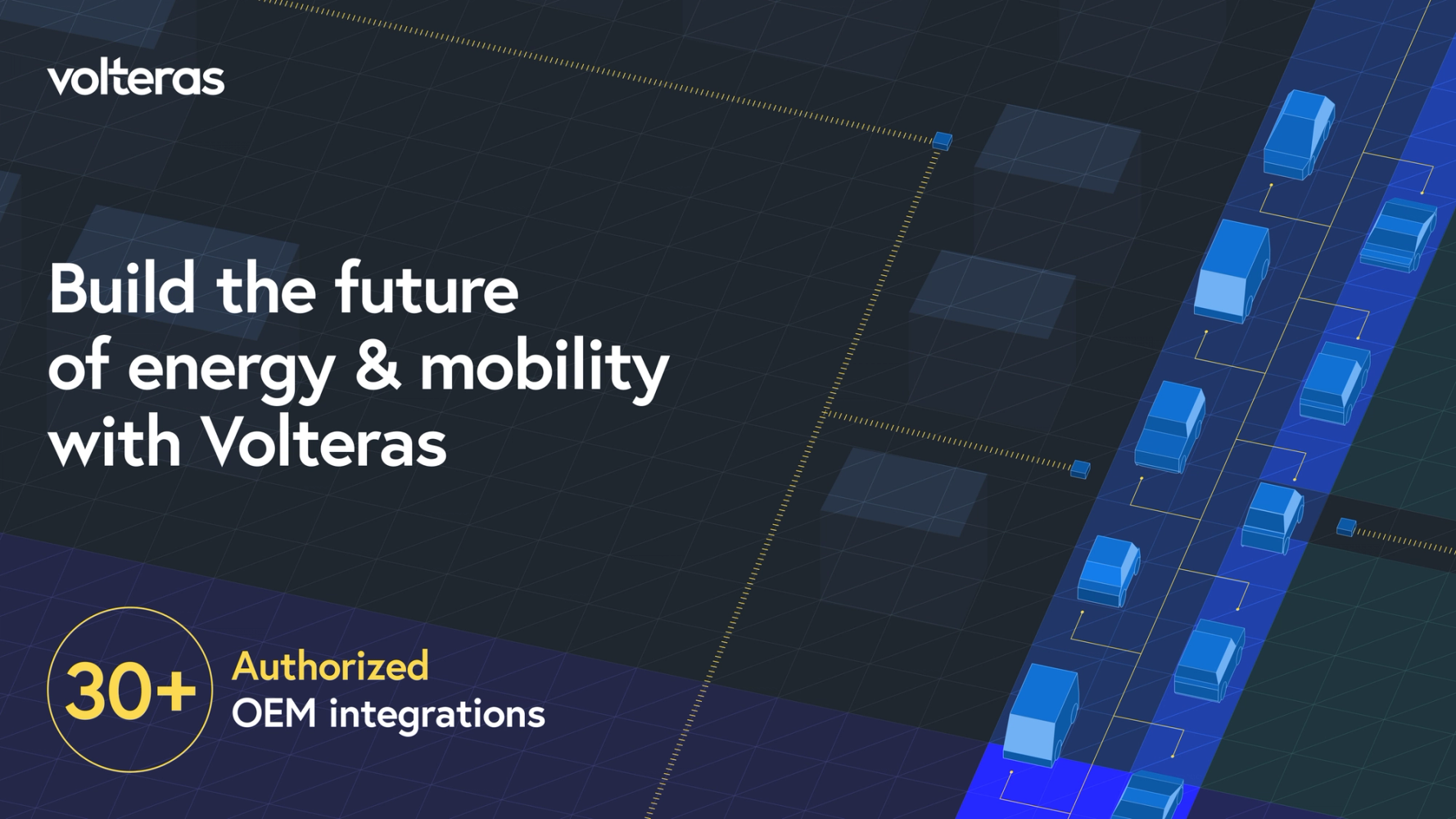
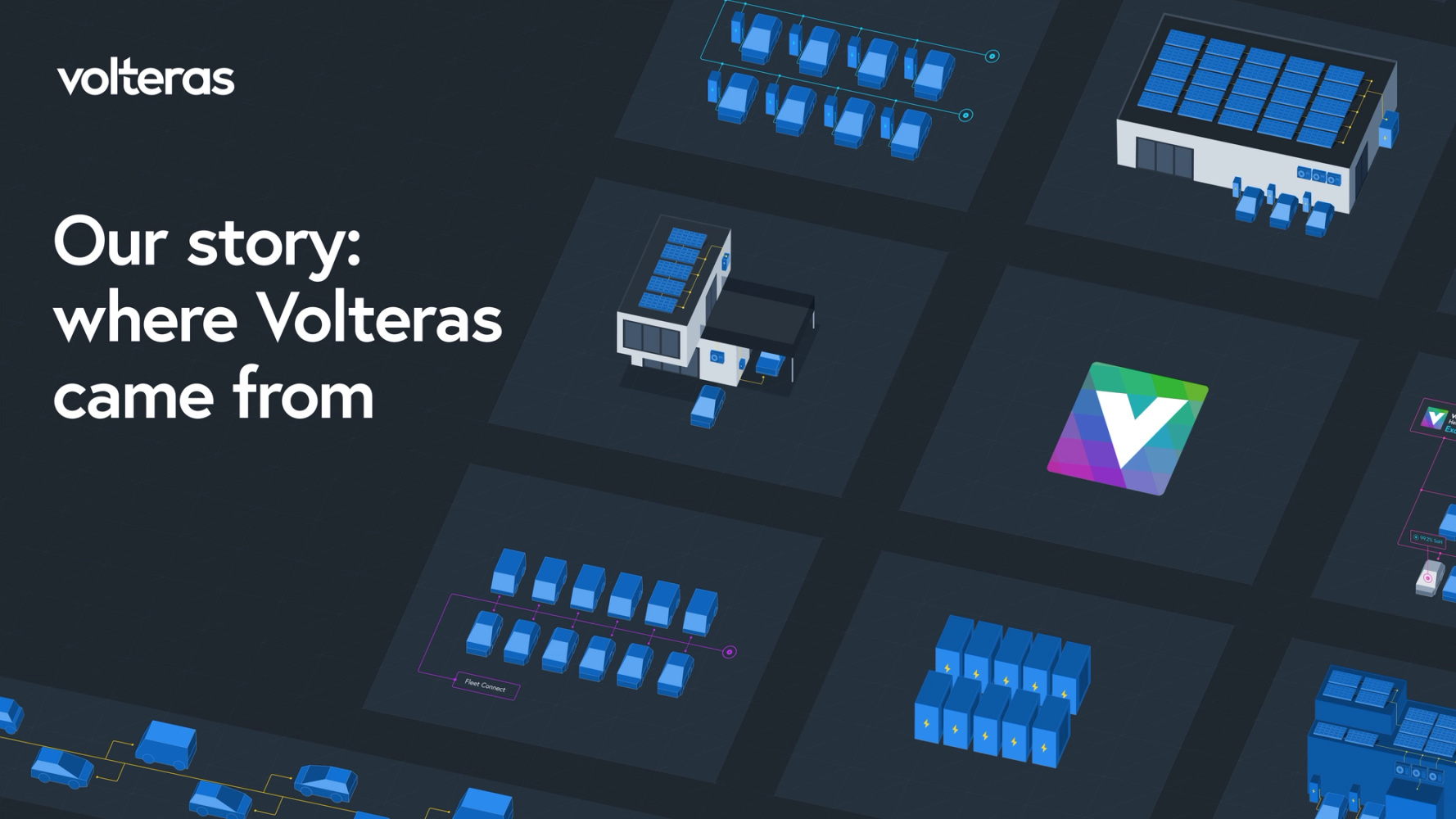
The roadblock in the energy transition
As the urgency for sustainable energy builds, pressure mounts on businesses around the world to electrify faster—but progress is slow.
In 2022, three start-up founders were building an app to help EV drivers find charge-points and charge their vehicles quickly. They were relying on data from vehicles to be stable and secure, but the reality was delays and slow speeds.
Many other businesses across energy and mobility were in the same boat. Car insurers needed live information about mileage; energy operators relied on real-time data to know when to buy electricity, or sell it back to the grid. But the infrastructure was broken.
The founders soon identified the reason for the frequent outages and poor-quality data. The providers they used were hacking apps to get the data without permission of the original equipment manufacturers (OEMs), bypassing cybersecurity checks. So they decided to pivot—they’d build the data infrastructure themselves: one that both businesses and consumers could rely on.
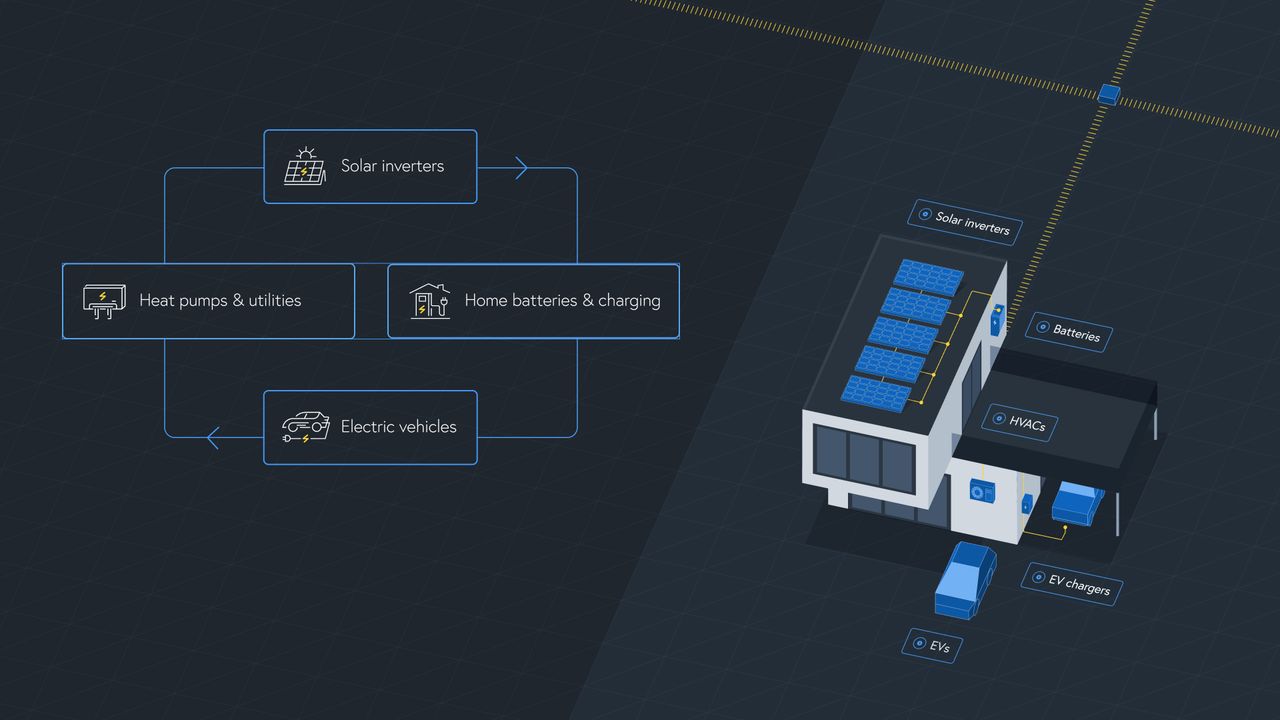
Fixing a broken system with strong data
The founders’ idea was to build a platform to power any business that depended on energy data. The key difference between their model and other data providers would be that they’d do it by the book: they would partner with the OEMs. They’d aggregate and stream data directly from devices via authorized integrations—all in a matter of seconds. The difference would be the quality—the data would be trustworthy, stable, and continuous.
The energy and mobility industries had never really needed to work together before. But with EVs on the rise, everything changed—suddenly, a new ecosystem existed. That ecosystem is now made up of millions of devices that are all linked, but managed by separate entities. Imagine a decarbonized home, where energy could be created from a SolarEdge inverter on a roof, stored in a Tesla PowerWall home battery, then transferred via a WallBox charger to a Ford Mach E.
But the problem? All the devices involved—chargers, inverters, home batteries, vehicles—were managed by different companies, speaking different languages. Nothing connected. And that meant progress stalled.
If those devices were connected digitally via one platform via a centralized data streaming system, it would benefit everyone. For businesses, it would facilitate cross-industry partnerships and reduce spend. For consumers, it could help them manage the energy transition, and lower utility bills by up to 20%.
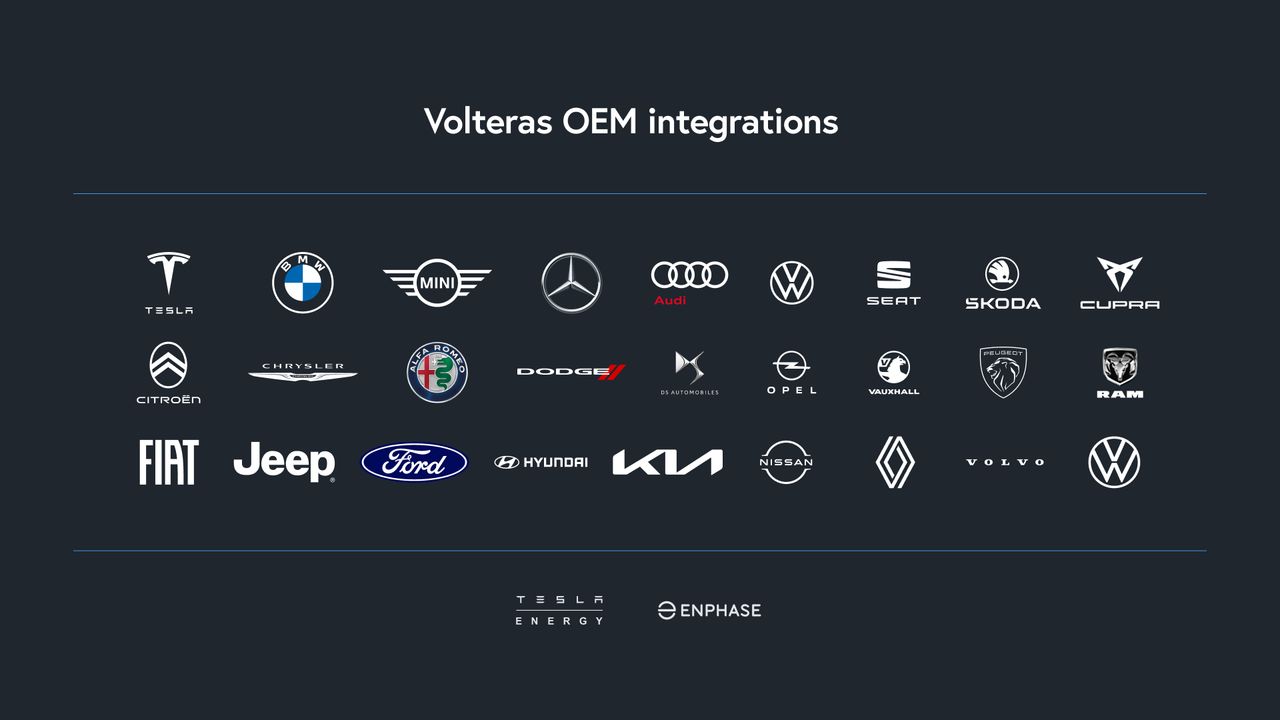
Partnerships based on collaboration and transparency
The founders launched Volteras to stream energy data via official means—by working directly with the original equipment manufacturers (OEMs).
What makes Volteras’ energy data better than what’s already on the market? Put simply, speed and reliability. It’s streamed in real time, up to every 5 seconds, with 99.9% of uptime.
Instead of scraping, at Volteras, we integrate with OEMs through official partnerships. That means data is streamed straight from the source, in real time, securely. Today, they work with 30+ OEMs including Mercedes-Benz, BMW, Stellantis, and Volvo.
"We chose the hard road," says our CEO Peter Wilson. "But it was the right one. We collaborate with the OEMs instead of working around them—it’s all focused on our core values of transparency and partnership.”
Saving businesses time, costs and carbon
We’ve done the hard part—all businesses need to do is plug and go.
Trying to build energy data infrastructure in-house can take years. It involves setting up complex integrations, complying with different and inconsistent OEM guidelines, and it’s expensive.
We cut that down to days. Thanks to our partnerships and large device network, companies can access data from millions of connected devices with API calls. It’s fast, flexible, and, in the long run, cost-efficient.
Being able to tap into this database, and outsourcing the time-consuming process to do it, opens a world of possibilities for any new or growing company delivering a product or service in electric energy. EV marketplaces can sell EVs faster, for higher prices, with reliable, data-driven vehicle health certificates. Energy suppliers can remotely control solar panels and heat pumps to lower reliance on power plants, and cut prices for consumers. With an increase in renewable energy consumption and a reduction in reliance on fossil fuels, this naturally helps cut carbon emissions.
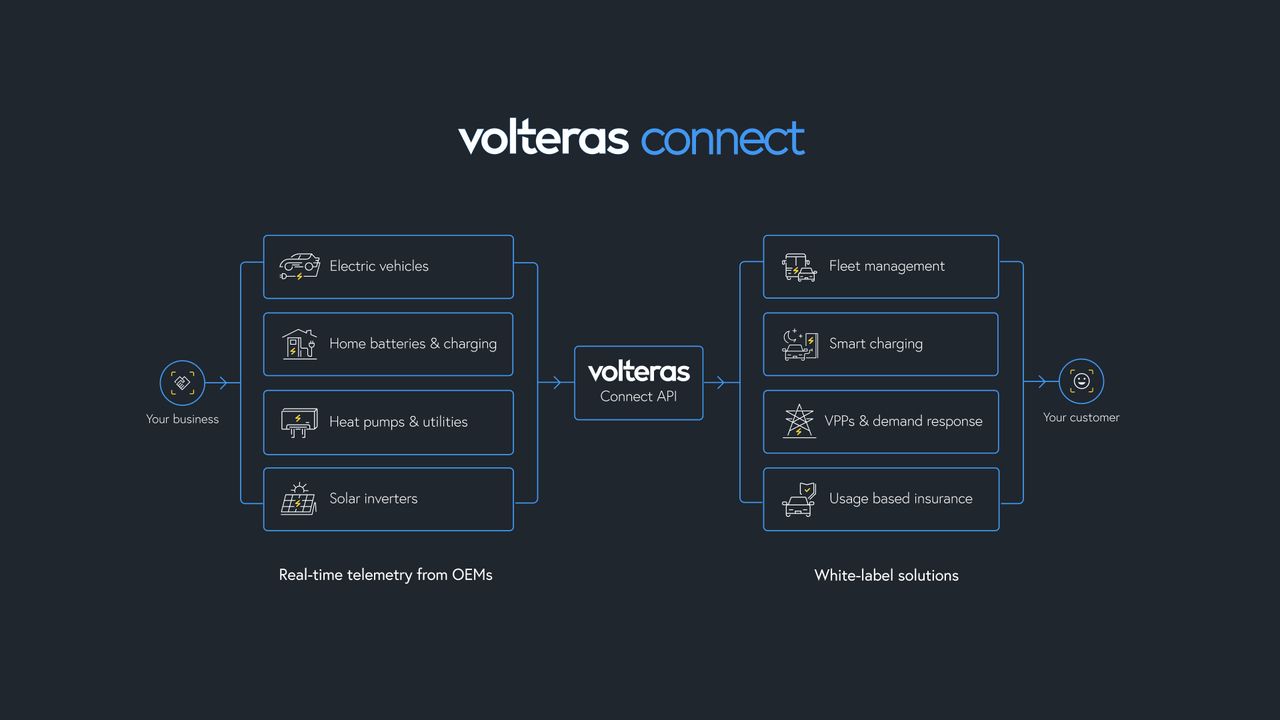
A high-performance API to guarantee stability
At the heart of the platform is Volteras Connect, which is our powerful, purpose-built API that streams energy and mobility data in real time—as often as every 5 seconds. Our API delivers the data you need, when you need it.
The Volteras team builds proprietary algorithms to deliver unique endpoints from vehicle state-of-charge and range to battery capacity and state of health. Plus, the platform standardizes the data, keeps it clean, and continuously maintains quality.
Connecting devices is simple. Whether it’s one EV or 10,000, onboarding is seamless. Fleet managers can batch upload VINs, and individual users can connect via a simple web flow.
Everything is opt-in, with security a top priority. Volteras uses OAuth for safe authorization, encrypts all data, and complies with OEM rules. Data is hosted on AWS with enterprise-grade certifications, and tested by Volteras’ own in-house security team.
One powerful platform, endless possibilities
The clean energy transition isn’t straightforward—but the right infrastructure makes it easier. With Volteras, mobility and energy businesses can work together as one ecosystem.
That means: everything from cheaper EV charging, smarter energy tariffs, data-driven marketplaces, and happier customers. For businesses, it enables faster product development, reduced integration costs, and new opportunities for collaboration across previously siloed industries.
With a single platform powering connectivity across millions of devices, businesses can move faster, operate more efficiently, and unlock entirely new revenue streams. It’s not just about managing the transition—it’s about leading it.
Want to plug in?
We’d love to hear from you. Whether you’re building an EV product, launching a new energy app, or trying to connect the dots between devices—we can help you do it, faster. Want to chat? Get in touch at hello@volteras.com.
What a connected energy future really looks like

Build the future of energy and mobility as a Volteras OEM partner

a clean energy future.
